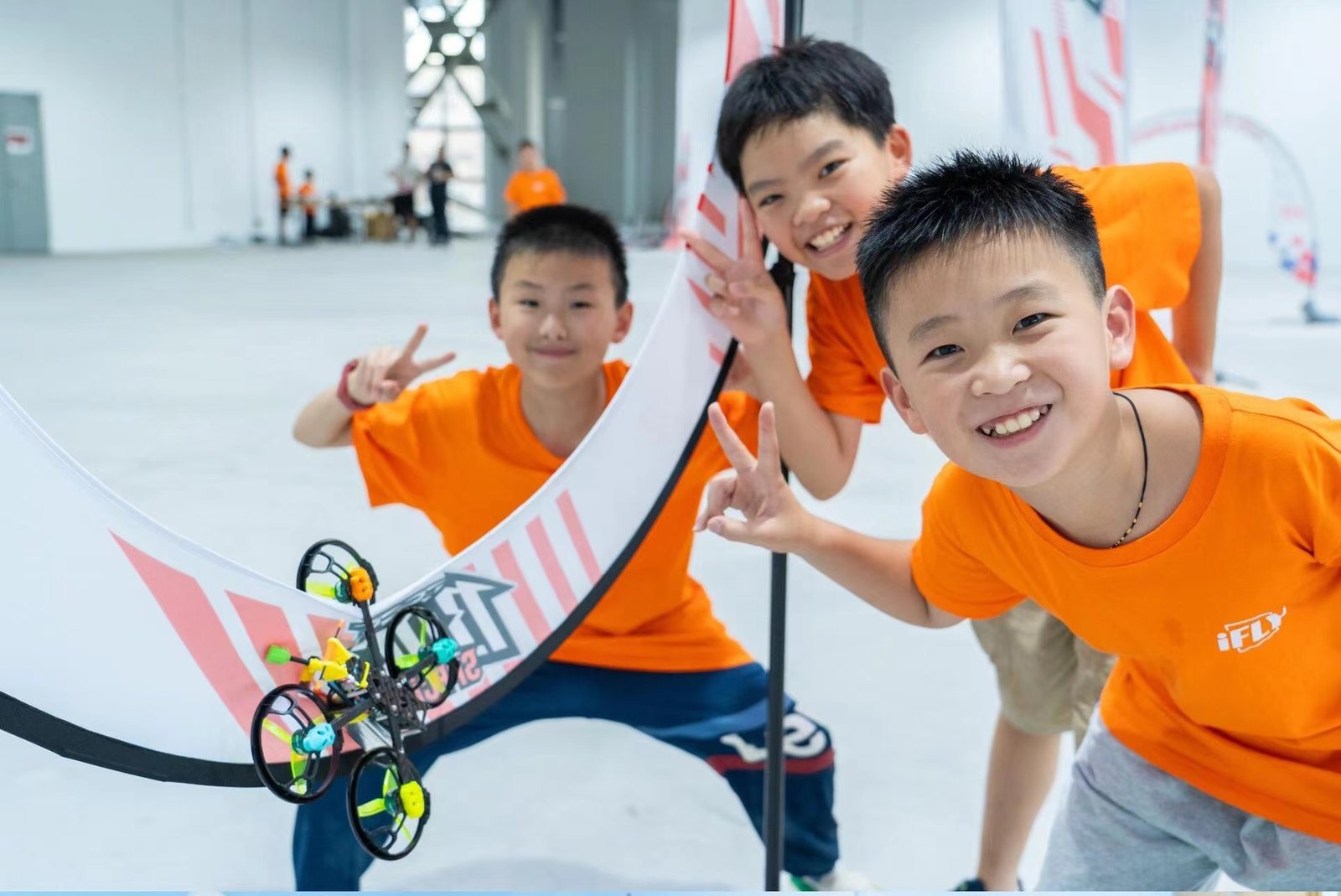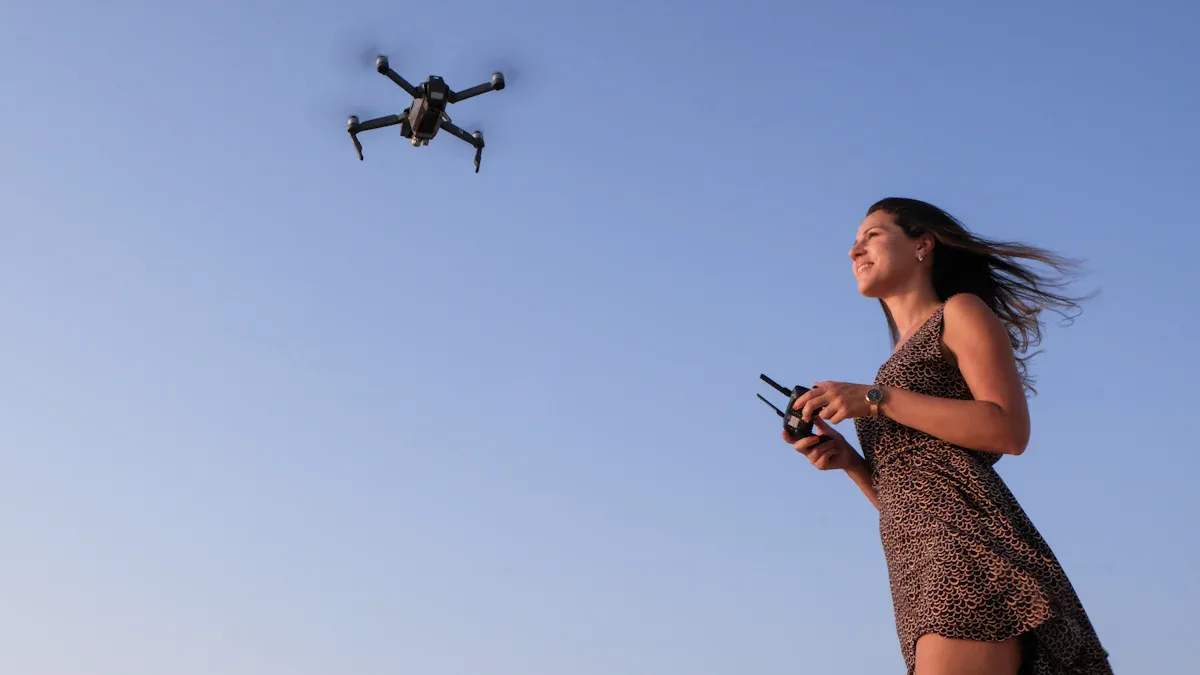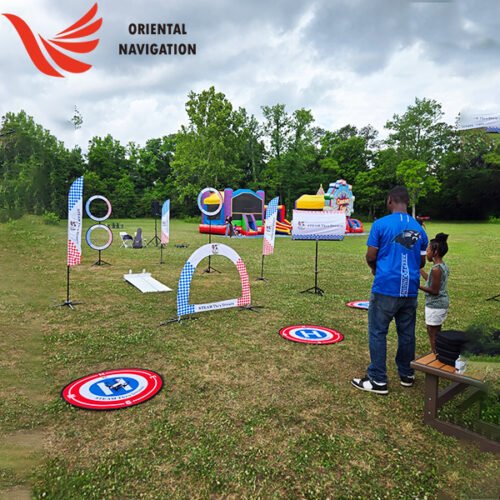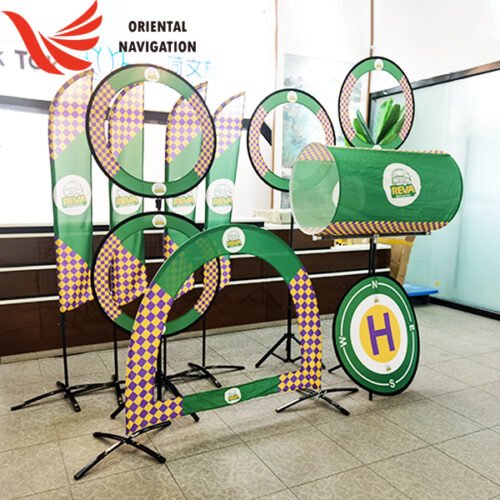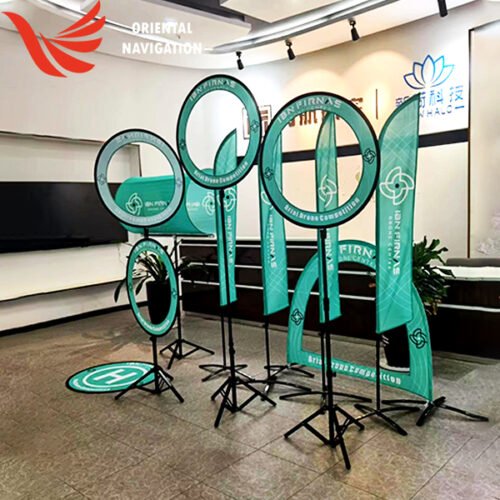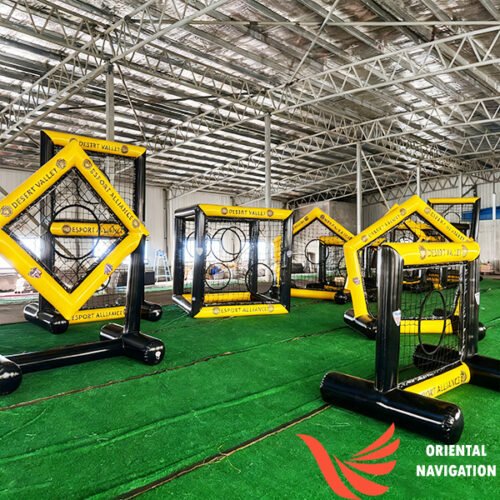Image Source: pexels
Flying FPV drones is like being in a small plane. You control all movements, which is fun but hard at first. FPV needs focus, especially in small or tight areas. With practice, flying a drone will feel easy and natural.
Key Takeaways
-
FPV drones need practice and patience to master. New pilots may face difficulties but can get better with effort.
-
FPV simulators are a great tool for learning. They let you practice flying safely without breaking a real drone.
-
Being part of FPV groups gives help and tips. Talking to skilled pilots can make learning easier and more fun.
Why are FPV drones hard to fly?
Flying FPV drones can be tough for beginners. They need more skill than regular drones. Let’s explore why they’re tricky and special.
No automation to help you
FPV drones don’t have helpful features like GPS or obstacle sensors. You control everything, like speed, direction, and balance. This gives you freedom but also means mistakes can happen easily. A small error might make your drone crash.
Complicated setup process
Before flying, FPV drones need careful preparation. You must connect parts, adjust sensors, and sync goggles. Some drones need assembly or settings changes. If you’re new, this can feel confusing. But with practice, setup gets easier.
Takes time to learn
Flying FPV drones isn’t easy right away. You need practice to control them smoothly. Using goggles can feel strange at first. Tight spaces and quick moves are hard to master. With patience, you’ll get better and feel more confident.
Crashes happen often
Crashes are common when learning FPV drones. They’re fast and tricky to control. Most crashes happen because of pilot mistakes. Errors like flying in bad weather or ignoring battery warnings cause problems. Crashes can break your drone, but they teach you how to improve.
Essential skills for flying FPV drones
Hand-eye coordination
Flying FPV drones needs your hands and eyes to work together. You control the drone with your hands while watching through goggles. This is important because slow reactions can make the drone go off track. Did you know the Navy uses drone racing to train pilots? Drone pilots get great hand-eye coordination, which helps in tough situations. Practicing this skill will make you a better pilot and improve your reflexes.
Spatial awareness
FPV flying means knowing where your drone is in the air. You must judge distances, avoid obstacles, and fly through tight spots using goggles. It’s tricky at first, but you’ll improve with practice. Think of it like being inside a video game. The more you fly, the better you’ll predict your drone’s moves and keep it safe.
Patience and persistence
Learning FPV flying takes time and effort. You’ll face crashes and control problems, but don’t give up. Patience and persistence are key. For example:
-
Taking apart a drone to learn its parts takes patience.
Keep practicing, and you’ll improve. Every mistake helps you get closer to mastering FPV flying.
Basic technical knowledge
To fly FPV drones well, you need to know how they work. Learn about parts like motors, cameras, and antennas. You don’t need to be an expert, but basic knowledge helps fix problems and keeps your drone working. For example, knowing how to build or adjust a drone saves time and trouble. Plus, it’s fun to understand the machine you’re flying.
Tips for learning how to fly FPV drones as a beginner
Start with FPV simulators
FPV simulators are great for beginners to practice flying. They let you try flying without worrying about crashing a real drone. You can learn basic controls in a safe, virtual space.
Here’s what pilots say about simulators:
-
One person said the Srizfly simulator helped them learn tricky moves safely.
-
Another pilot liked how realistic controls boosted their confidence for real flying.
-
A third user enjoyed the fun experience and felt ready for FPV challenges.
Simulators save time, money, and stress. They’re like training wheels for FPV flying.
Use beginner-friendly FPV drones
Some FPV drones are easier for beginners to handle. Look for drones with features like stability modes or slower speeds. These drones help you learn without feeling stressed.
Beginner drones often come ready to fly, so no building is needed. They’re also tougher and can survive crashes while you learn. Choosing the right drone makes learning more fun and less frustrating.
Practice in open, obstacle-free areas
Start flying in big, open spaces like fields or parks. Avoid tight spots or places with trees and buildings. Open areas give you room to practice without crashing into things.
Focus on simple skills like keeping the drone steady and turning smoothly. Once you’re confident, try harder places. But at first, stick to safe and easy areas.
Progress gradually to advanced maneuvers
Don’t rush into tricks or fast flying. Begin with simple moves like hovering and turning. Slowly work up to flips and rolls. Taking your time helps you learn better and avoid breaking your drone.
Here’s how slow learning helps pilots:
| Example | Benefit |
|---|---|
| Wind and Terrain Control | Pilots learn to handle weather before trying advanced modes. |
| Accuracy in Moving Situations | Gradual practice improves control and precision in tricky flights. |
| Better Advanced Maneuvers | Step-by-step learning reduces mistakes during hard tricks. |
Learning step by step builds skills and confidence for advanced flying.
Join FPV communities for support
Flying FPV drones can be hard, but you don’t have to do it alone. FPV communities are great for advice, sharing tips, and staying motivated. Experienced pilots in these groups love helping beginners.
Here’s why joining a community helps:
-
FPV events teach new skills and tricks from expert pilots.
-
Groups share advice to fix problems and improve flying.
-
Teachers and hobbyists exchange ideas to help everyone succeed.
Joining a club or online group makes learning FPV drones easier and more fun.
Benefits of mastering FPV drones
Immersive flying experience
Flying FPV drones feels like entering a new world. You see what the drone sees, making it exciting. The goggles show you a first-person view, like you’re flying. It’s not just controlling a drone; it’s feeling free in the air. Picture flying through trees or over water—it’s like a real-life video game. This thrilling experience makes FPV flying fun and addictive.
Creative opportunities in photography and videography
FPV drones let you create amazing photos and videos. They capture shots regular drones can’t. You can film exciting scenes, like following a car or flying in tight spaces. These drones are great for making cinematic videos or unique pictures. Many photographers and filmmakers use FPV drones for fresh ideas. If you enjoy being creative, FPV flying can improve your skills.
A rewarding and engaging hobby
Learning FPV drones is more than just a skill. Flying gives you a rush of excitement every time. You’ll also meet other FPV pilots who share tips and stories. This hobby lets you express yourself and even opens career paths, like racing or filming. Whether for fun or goals, FPV flying keeps you interested and motivated.
Becoming part of the FPV community
Joining the FPV community is a great part of this hobby. Local and online groups help you meet other pilots. These groups are full of friendly people sharing advice and ideas. Talking to others can even lead to job chances. For example, the Uncrashed community is great for learning and improving. Working with others makes flying easier and more enjoyable.
Flying FPV drones might feel hard at first. With practice, you can get better and enjoy it. Begin with small steps, use simulators, and always follow safety tips. Joining groups can also help you learn faster. FPV flying gives you a cool first-person view and lets you be creative. Let’s quickly see the good and bad sides:
| Benefits of FPV Drone Flying | Challenges of FPV Drone Flying |
|---|---|
| Better control thanks to new technology | Risks from misuse by bad groups |
| Helps with spying and watching missions | Tough choices about using drones fairly |
| Useful for military tasks like scouting or attacks | Problems from too many drones in wars |
FPV flying is fun and worth the effort. Don’t let challenges stop you. Keep learning and enjoy the amazing first-person view experience!
FAQ
What is the best way to start flying an FPV drone?
Start with an FPV simulator. It helps you practice without risking crashes. Once confident, try a beginner-friendly FPV drone to improve your skills.
How long does it take to master FPV drones?
It depends on your practice. With consistent effort, you can see significant improvement in a few weeks. Patience and persistence are key to better performance.
Can I build my first FPV drone as a beginner?
Yes, you can! Many guides and kits are available to help you build your first FPV drone. It’s a great way to learn how drones work.

